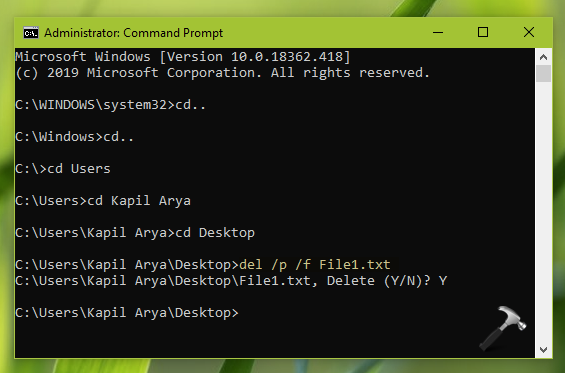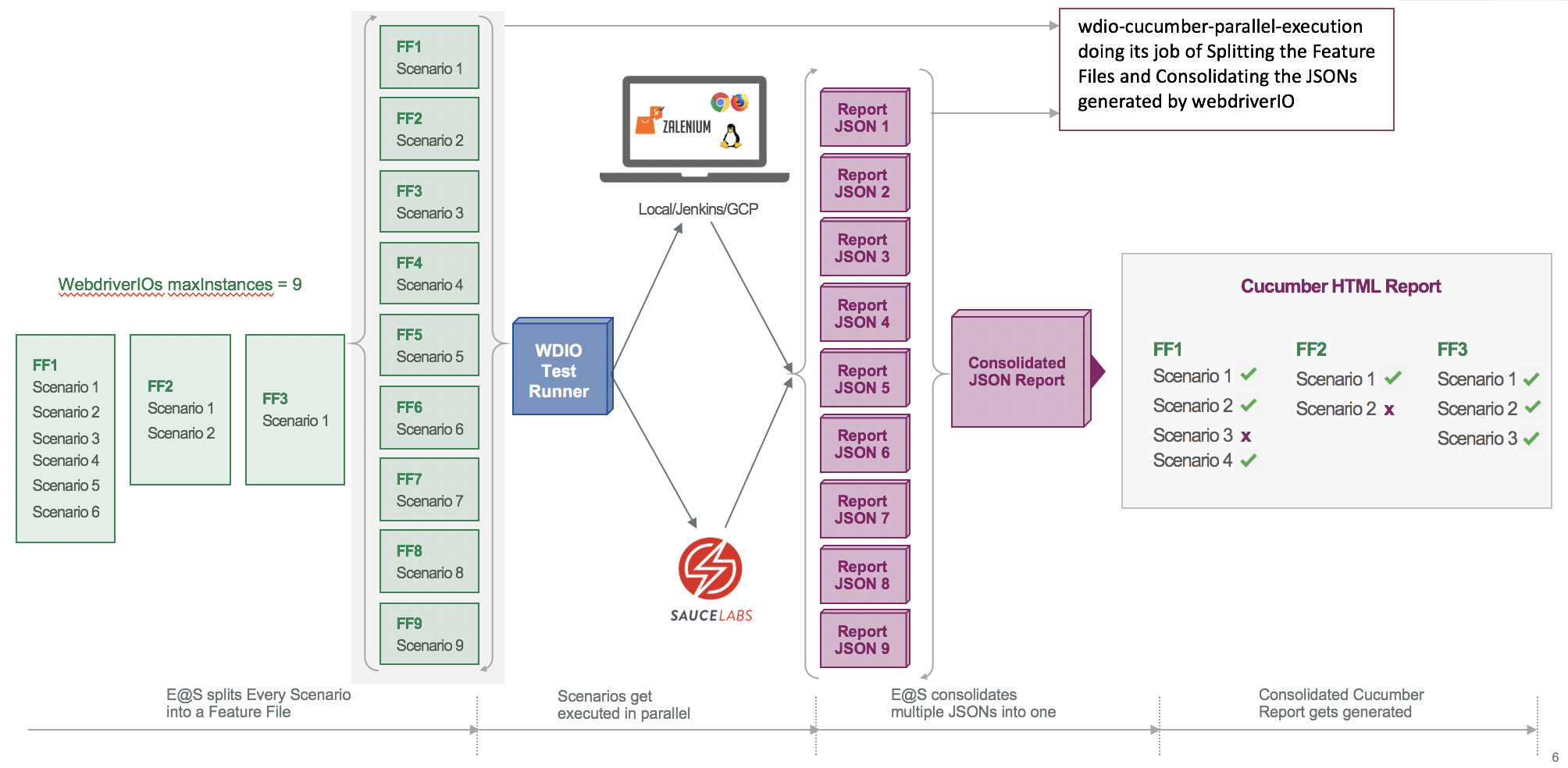
The name will be the name of the path that you are going to create.The view_name will be the view that will handle the request and the function_name is the function that will be executed when the request is made to the specified URL endpoint.URL parameter name will be the name that you will use to refer to the parameter.You will learn more about various path converters in the upcoming sections.In the above example, the path converter will be int. You can compare path converters with data types. A path converter defines which type of data will a parameter store.Then “ products” will be the URL endpoint.Path("URL endpoint">/, view_name.function_name, name = "path name") A sample urls.py file will look like this: from django.urls import path For this, you have to edit your application’s urls.py file.

You can pass a URL parameter from the URL to a view using a path converter.īut, firstly you have to create a path and map it to a view. Let us discuss these steps briefly in the upcoming sections.

Design the Django template to show the results corresponding the passed parameters.Define a function in the view that will take the parameter and pass the parameters to Django template.Create and map a path to a view in the application’s URLs file and pass the parameters to the view.To get a parameter from the URL, you have to perform the steps explained below: Get parameters from URL in Django example.
When i9s directory parameter executed installbuilder how to#
How to get parameter from URL in Django.


 0 kommentar(er)
0 kommentar(er)
